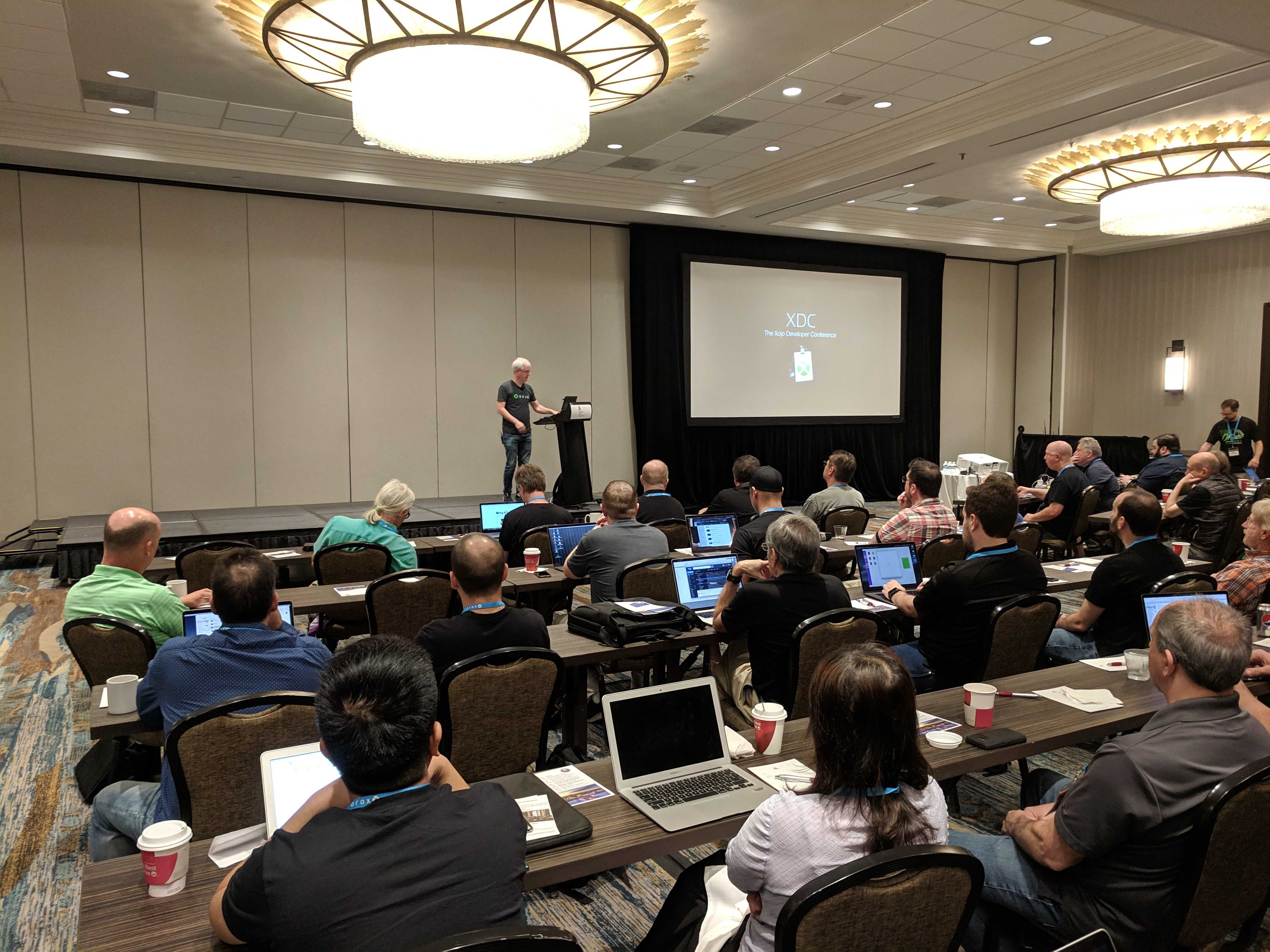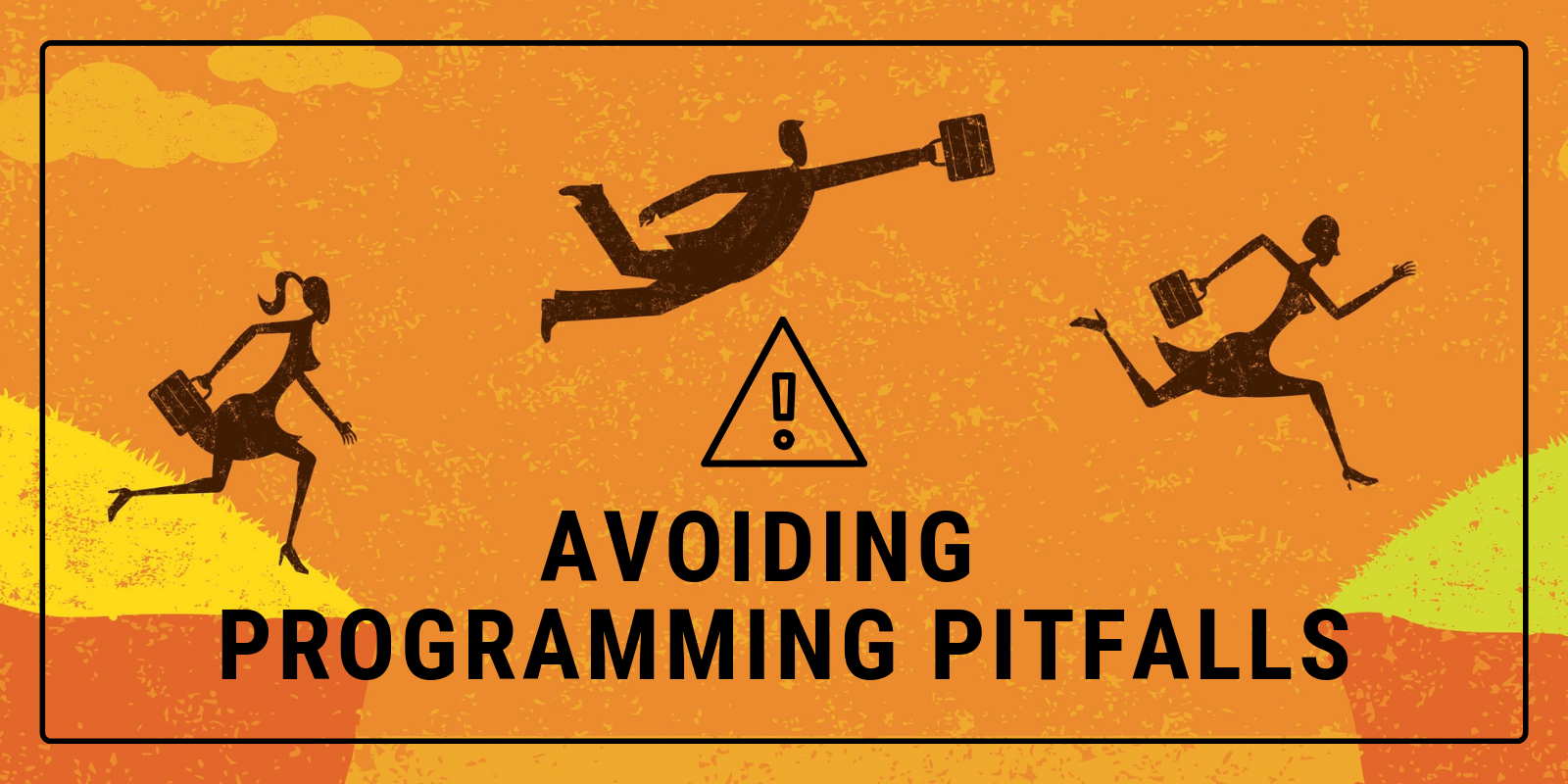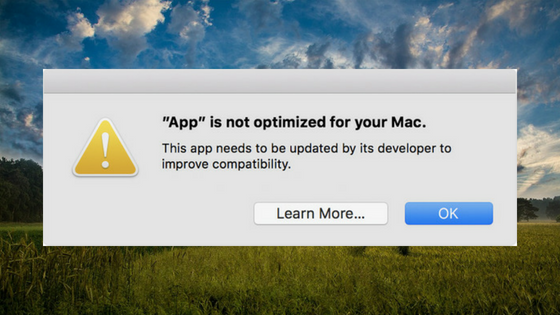Xojo 2022r4 opens the door for running projects on 64-bit Raspberry Pi ARM boards. Console, Desktop and Web are supported.
Comments closedTag: 64-bit
Starting in Xojo 2022r2 you have the option to generate Program Database (PDB) files with your 64-bit Windows builds. If you’re unfamiliar with what PDB…
Comments closedAt WWDC 2019, Apple announced macOS Catalina (10.15). They didn’t specifically mention it during the keynote, but the writing has been on the wall for…
Comments closedGeoff just wrapped up the keynote here in sunny, windy Miami, Florida.

After a brief introduction welcoming attendees from 11 different countries, Geoff began the keynote by sharing some graphs showing how the Xojo community has been changing.
Comments closedCode doesn’t care whether you are new to programming or an old pro, a citizen developer or the head of engineering, some missteps can catch any of us. Read on to learn some of the most common programming pitfalls and how to avoid them.
Comments closedTo help developers check if their software is ready for 64-bit, Apple added a new tool for developers in Xcode 9. With this tool, you can force macOS to run as “64-bit only” to see if your software is ready for a 64-bit only environment.
Comments closedIn the Mac world, 32-bit apps have been disappearing more and more as time goes on. This year already we’ve seen significant steps toward 64-bit.
In January 2018 Apple stopped accepting 32-bit app submissions to the Mac App Store.
In February 2018, starting with macOS 10.13.4, Apple added a warning that displays the first time you launch a 32-bit app.
In June 2018 Apple stopped accepting updates to 32-bit apps in the Mac App Store. All new apps and app updates must now be 64-bit.
At WWDC 2018 Apple announced that macOS 10.14 will be the final version that support 32-bit apps. Although they did not announce a release date, based on the timing from the past few years macOS 10.14 will probably be released around the end of September 2018.
Comments closedViruses continue to be a big problem on Windows. As a result, anti-virus software can be a bit over-zealous about detecting what it believes to be apps that have viruses embedded within them. We have had reports over the years that apps made with Xojo are sometimes falsely identified as being infected with a virus. This sometimes occurs because the 32-bit Xojo compiler puts executable code in a location where the anti-virus software doesn’t expect to find it. We’ve seen this occur even when users are debugging apps from the IDE. Fortunately in that case, there’s a fairly easy solution.
Comments closedOnce the front end has done its work its time for the back end components to take over.
This is the fifth in our compiler series and the first on the back end. We covered the parts of the compiler that are called the front end in these posts:
- LLVM Everywhere
- Compilers 101 – Overview and Lexer
- Compilers 102 – Parser
- Compilers 103 – Semantic Analyzer
- Compilers 104 – IR Generation



